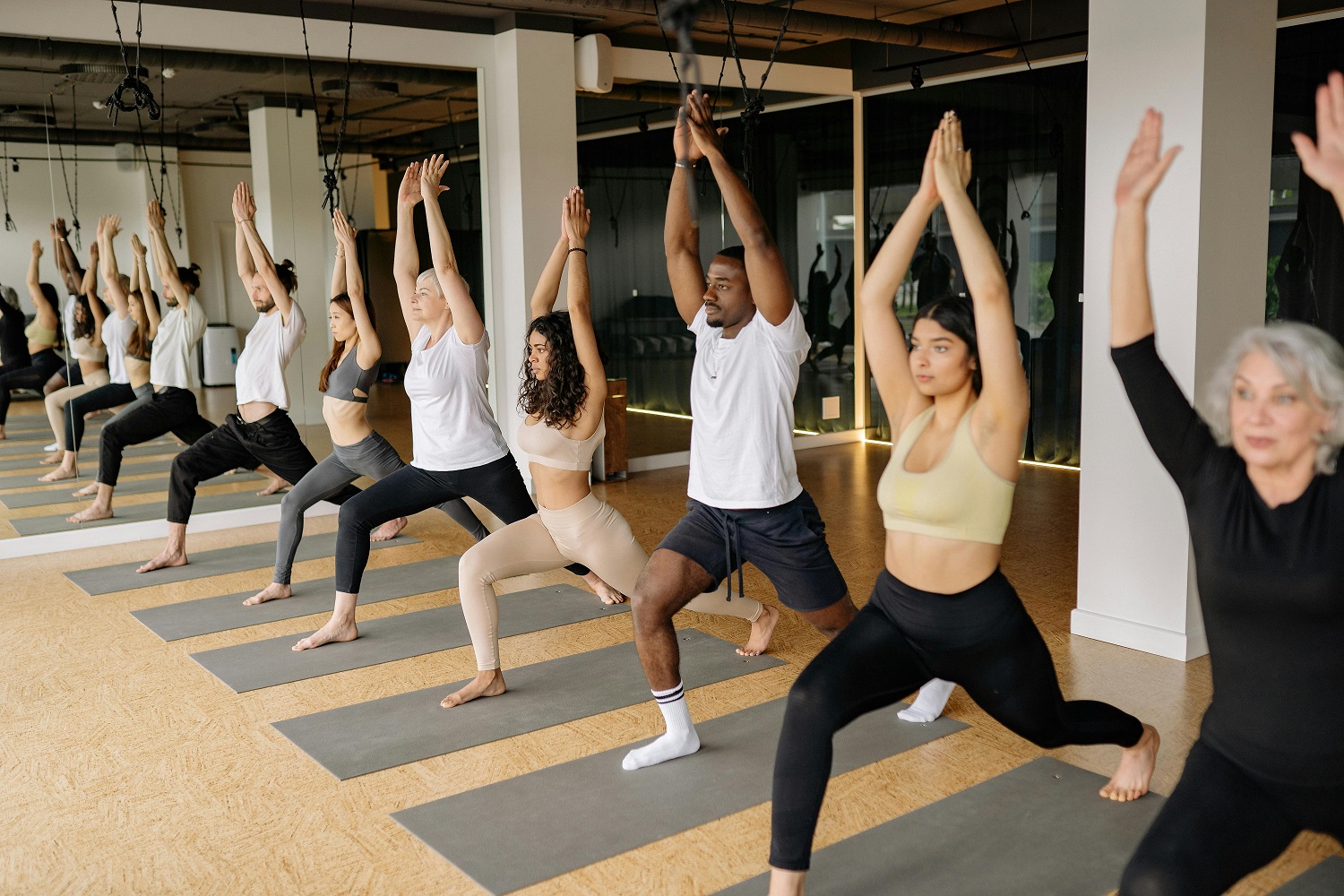Health Benefits of Physical Activity
Published
Read time
Imagine a pill that could elevate your energy levels, uplift your mood, prevent chronic diseases like diabetes and heart disease. It would certainly be prescribed by all doctors.
What if exercise did just that?

The benefits of physical activity are extensive and should not be overlooked.
Here are 10 compelling reasons to integrate movement into your life:
1) Reduction in blood pressure; depending on the intensity, this can be similar to the effect of taking a blood pressure medication.
2) Improved insulin sensitivity and a reduced risk of developing type 2 diabetes. For individuals with diabetes, exercise aids in better glucose regulation.
3) Weight management.
4) Decreased risk of heart disease and stroke.
5) Strengthening of the immune system, lowering the risk of acquiring infections.
6) Decreased likelihood of developing certain cancers (for example, breast, colon, bladder and endometrial cancers).
7) Improved ability to learn new information.
8) Increased bone density, thereby decreasing fracture risk.
9) Mood enhancing effects, decreasing the risk of depression and anxiety.
10) Facilitation of quicker sleep onset and improved sleep quality.

People who are insufficiently active have a 20% to 30% increased risk of death compared to people who are sufficiently active.
For adults, the physical activity guidelines recommended include:
- A minimum of 150 minutes of moderate-intensity exercise (e.g., brisk walking) or 75 minutes of vigorous-intensity aerobic exercise (e.g., running) spread throughout the week. Increasing this to 300 minutes of moderate intensity or 150 minutes of vigorous intensity will yield increased benefits.
- Incorporation of at least two strength training sessions per week targeting major muscle groups, (including legs, hips, back, abdomen, chest, shoulders, and arms).
- Additionally, incorporate 10 minutes of stretching 3 times per week.
Beyond structured exercise, find opportunities for movement throughout the day: take the stairs instead of elevators, try a standing desk, and consider walking meetings. Break up prolonged periods of sitting at least every 60 mins with short bouts of walking.
Individuals with a medical condition or those on medications should consult their healthcare provider prior to starting a new exercise regime.
Remember, any movement is more beneficial than none!
Start with brisk walks for 10 minutes a day and work your way up to 30 minutes, 5 times a week.
References: WHO-HEP-HPR-RUN-2021.2-eng.pdf
Disclaimer:
The content in this article is for general informational purpose and is not meant to replace or substitute for professional medical advice, diagnosis or treatment. Always consult a qualified healthcare professional with any questions or concerns about your health